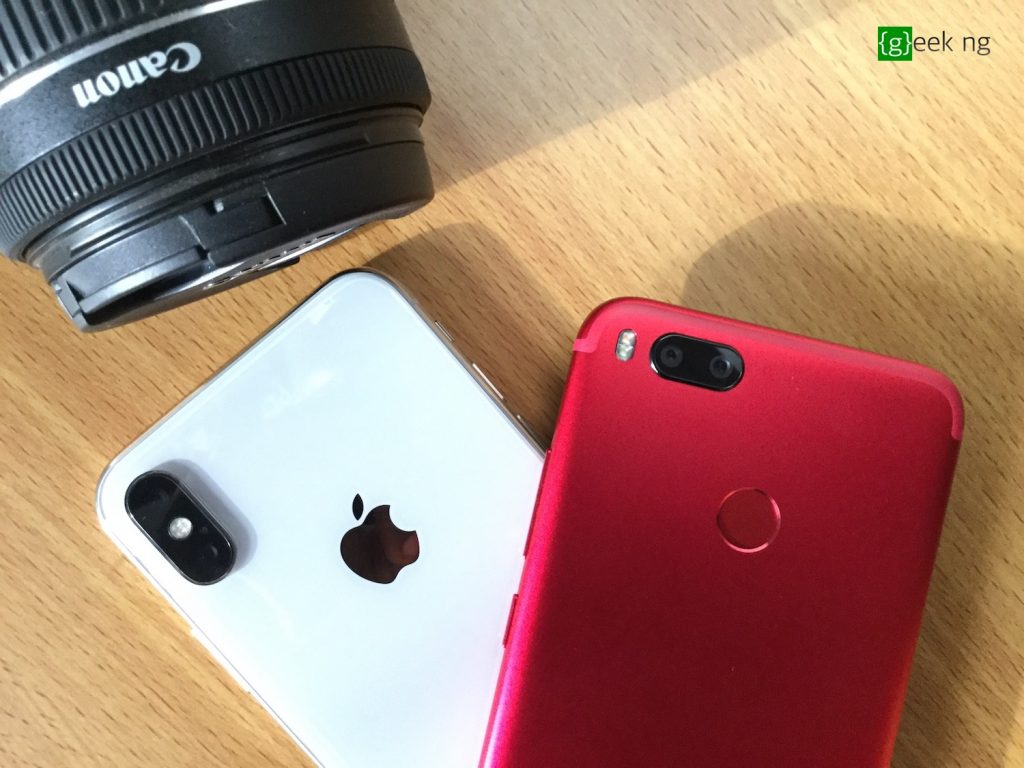I got Xiaomi Mi A1 earlier this week, and for the first time in a long time, I was excited to hold a mid-range Android phone. You can check the unboxing video and read my first impressions. On the software front, the device currently runs the latest version of Android OS (Oreo). It’s also going to receive timely updates for the next two years like Google Pixel devices.
One feature I was excited to use was the dual rear camera. I’ve always been a fan of this since I picked up Huawei Honor 6 Plus back in 2015. It handles portrait mode pretty well and I’ve been impressed. However, the front camera is only a 5MP camera that doesn’t have this capability.
Installing Google Pixel 2’s camera software
I got a hint from a friend that I could improve the camera capability by installing Google Camera app, the same one that works magic on Google Pixel. I rooted the phone by following this tutorial on XDA Developers Forum. If you’re running Android Oreo with January security patch, that very tutorial is recommended.
With the phone rooted, I enabled Camera2API, installed Googe camera and enabled features like EIS (Electronic Image Stabilization) and more through Magisk by following this tutorial also on XDA Developers Forum.
Finally, I wasn’t just able to shoot portrait photos with the back camera using the dual lens , I was also able to take portrait selfies with the single 5MP front camera.
Comparing the single 5MP front camera with iPhone X TrueDepth camera
While Google Pixel devices are known to create portrait photos with the single camera setup using Artificial Intelligence, Apple uses two cameras at the back and the TrueDepth camera at the front.
Basically, the iPhone X and the Mi A1 both have two rear cameras, and they do portrait mode the same way. That’s for the back camera.

At the front, the iPhone X has a fancy setup called TrueDepth camera. This comprises of components like the traditional 7MP front-facing “selfie” camera, flood illuminator, infrared camera and others. This is what Apple uses for Face ID, and it is also used to measure depth and create portrait selfies with blurred background.
Xiaomi Mi A1, on the other hand, doesn’t have all these fancy components, it has just a regular 5MP camera at the front and it is not capable of taking portrait selfies with bokeh background. However, installing Google Camera app enabled this and I’ve been very impressed with the result. I could’ve waited till I publish the full review to talk about this, but it won’t make it into the full review as it requires root access. I tried comparing the Mi A1 5MP front camera utilizing Google Camera app for portrait selfies with the iPhone X’s TrueDepth camera and this is the result:
[Tap or click to enlarge]
Here are things to note in these images:
- At first, the image produced with the iPhone X look more saturated, but in actual fact, the one produced by the MI A1 looks more natural with better color accuracy. I know exactly what my skin tone looks like and the shade of red I was wearing. As a matter of fact, it looks washed out on the iPhone X.
- The quality of the depth of field on the iPhone X sucks. Zooming in on the image, a large part of my head was blurred with the background. My ear was blurry, the edge of my shirt too was blurry.
[Tap or click to enlarge]
Xiaomi Mi A1 front camera + Google Camera app in portrait mode iPhone X TrueDepth camera + default camera app in portrait mode
Thinking this was a mistake, I took several sample shots over and over again, the results turned out the same. In short, the TrueDepth camera is not really needed to take portrait images on the iPhone X. This looks pretty much like another fancy gimmick from Apple.
I know this is used to make Face ID work as it should and I fully understand the complexities behind this mechanism, but this little test only proves that the Portrait Mode feature could have been rolled out to the iPhone 8, the iPhone 7 and a few older iPhone models. Google Pixel does it with just a single camera and Artificial Intelligence. The same Google Camera app ported into this mid-range phone does it better than the iPhone X.
Portrait mode on the iPhone X’s overhyped TrueDepth front camera couldn’t live up to the image produced by Xiaomi Mi A1’s cheap, single 5MP camera working with Google Pixel’s camera software. To say the least, this is disappointing for a $1,000 smartphone.
Find Xiaomi Mi A1 on Gearbest










Comments
15 responses to “Google Camera on Xiaomi Mi A1 vs TrueDepth Camera on iPhone X”